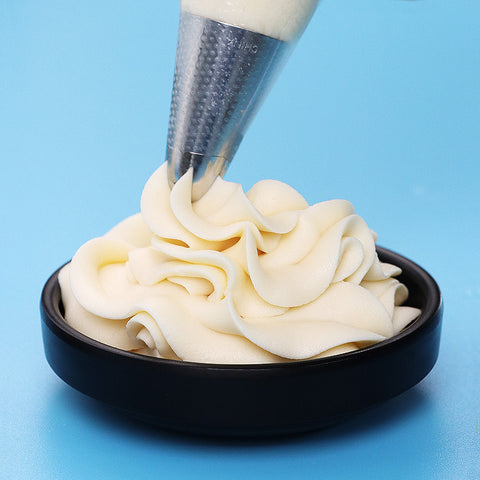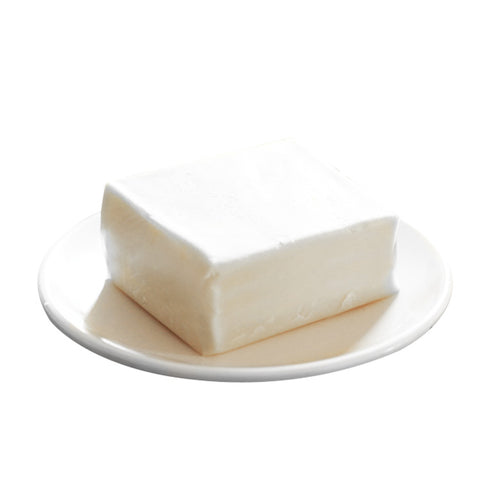How do you practice piping without frosting? Which Cream is Suitable for Beginners to Practice Cake Piping?
Share
This is an article for beginners learning the cake piping techniques, and I hope it proves helpful to all of you! Do you share my dislike for the hassle of whipping up cream, cheese, or buttercream every time you practice? Are you looking for an alternative material that you can use straight away? Let me share with you how I handle this.
So, what's the best choice of material for beginners practicing cake piping? Cream, cheese, and buttercream all have short shelf lives, relatively high costs, and the inconvenience of having to whip them up before each use. But if you happen to adore cream and cheese and can consume them every day, then by all means, go ahead and use cream for your cakes – bake and enjoy right away! Ha-ha-ha!
Allow me to introduce two materials I frequently use: white bean paste(also known as "azuki" bean paste) and shortening(also known as “white oil”).
- White Bean Paste: White bean paste can typically be used directly. If it dries out, simply add a bit of water, milk or corn syrup to adjust to the right consistency, and you're good to go! White bean paste is often used in Korean flower piping, but it's also suitable for general piping practice. After practice, store it in the refrigerator, and you can take it out the next day for more practice. When refrigerated, it can last for around 10 days, and freezing it for a month is completely fine. However, after freezing, the red bean paste tends to dry out, so it needs to thaw before use. If you're not practicing every day, consider freezing it. In summary, white bean paste is an excellent material for beginners to practice cake frosting piping – it's affordable and convenient, even though its texture isn't as good as cream cheese.

Use the bean paste piping!
- Shortening: Shortening white oil can be used directly at room temperature. During hot summer days when cream becomes impractical, shortening remains perfectly usable. Simply load it into your piping bag and start piping. However, shortening is not suitable for spreading on cakes, it's mainly used for piping. It has a denser texture, so you'll need a bit more strength when squeezing it out. Additionally, shortening can be quite greasy, so consider wearing gloves during practice to maintain a good grip and control. When using shortening for cake piping, it's advisable to use a piping tip coupler (adapter), allowing you to easily change piping tips without constantly switching piping bags, as your hands can become quite oily.

Use the shortening piping!
In conclusion, white bean paste and shortening are both practical options for beginners learning the cake piping tutorial skills. They offer convenience, cost-effectiveness, and the ability to practice without the hassle of dealing with traditional cream and cheese. So, get your piping bag ready and start creating deliciously beautiful cakes!
